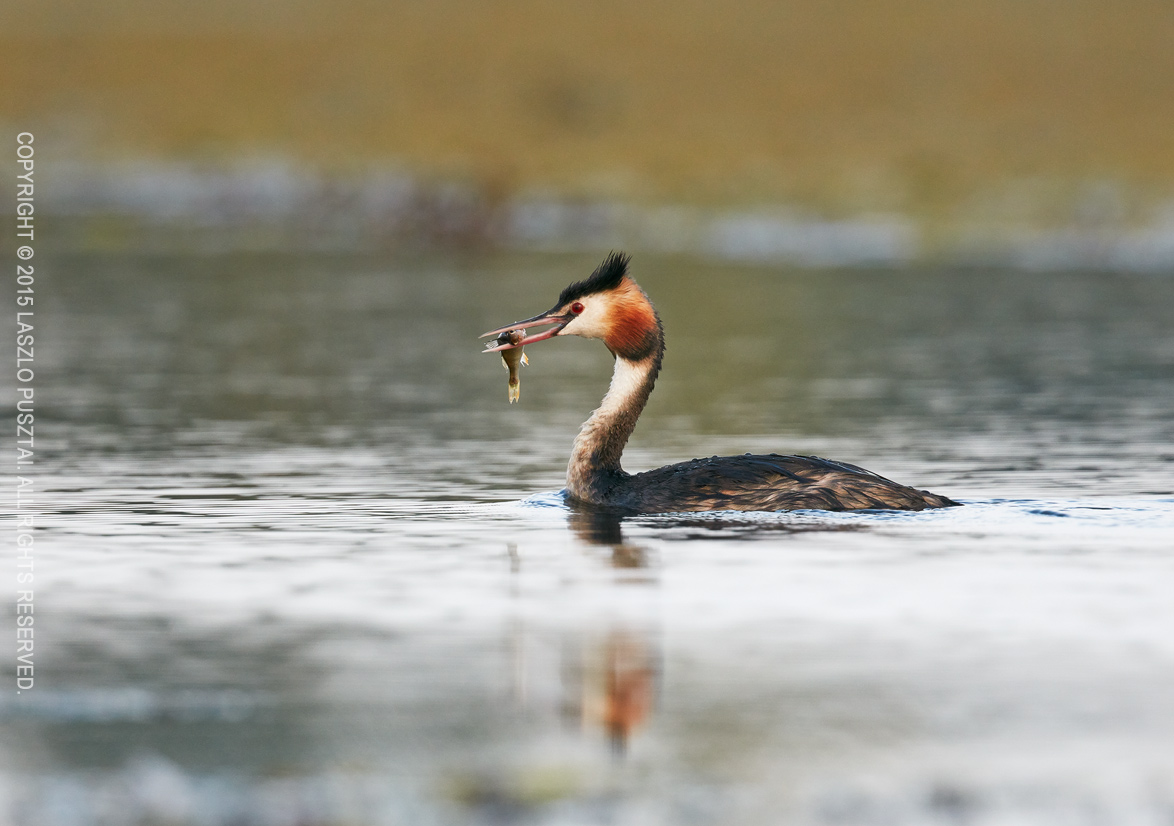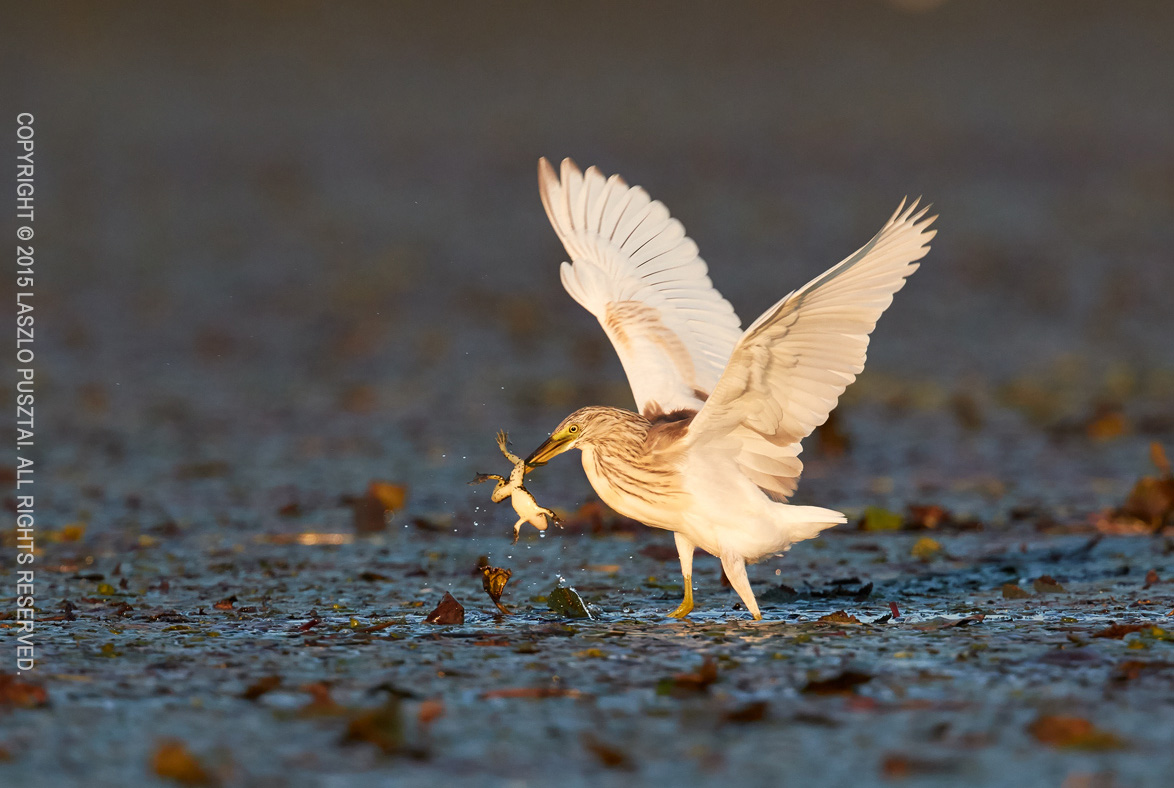When I was a kid, I had a dream of viewing the night sky through a telescope operated from the warmth of my room. Now I’m not doing just that, but also capturing the images of the current lunar eclipse.
Unfortunately clouds are eclipsing the eclipse… But this resulted in a rather unusual image of the partially eclipsed moon seen through the moving layer of clouds.
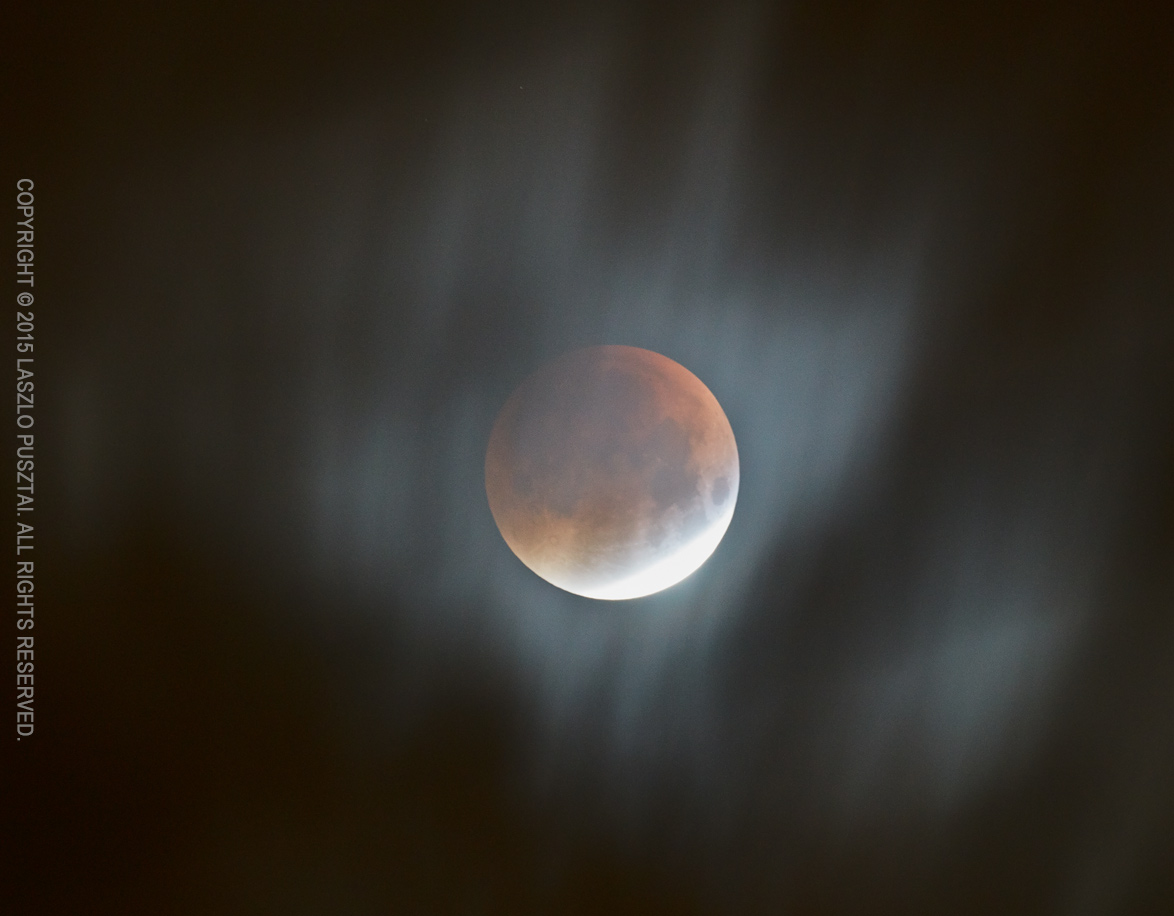
Eclipse Through the Clouds
The Canon 5DS R with my 500mm f/4L IS II lens sits atop an Astrotrac in lunar tracking mode. The above image was exposed for 15 seconds at ISO 1600. The camera is controlled with my Kuuvik Capture app.
And still waiting for the clouds to part…
Update: they finally did part! Seeing is still less than favorable, but fortunately the camera captures more light than my eyes.

Blood Super Moon
After shooting from the balcony, we headed out with my better half to the local cemetery. Yes, you read that correctly… Some may find shooting blood moon during the night in a cemetery somewhat intimidating… I had a specific image in mind, and although was not able to photograph that, the following image is a great one to close this eclipse session.
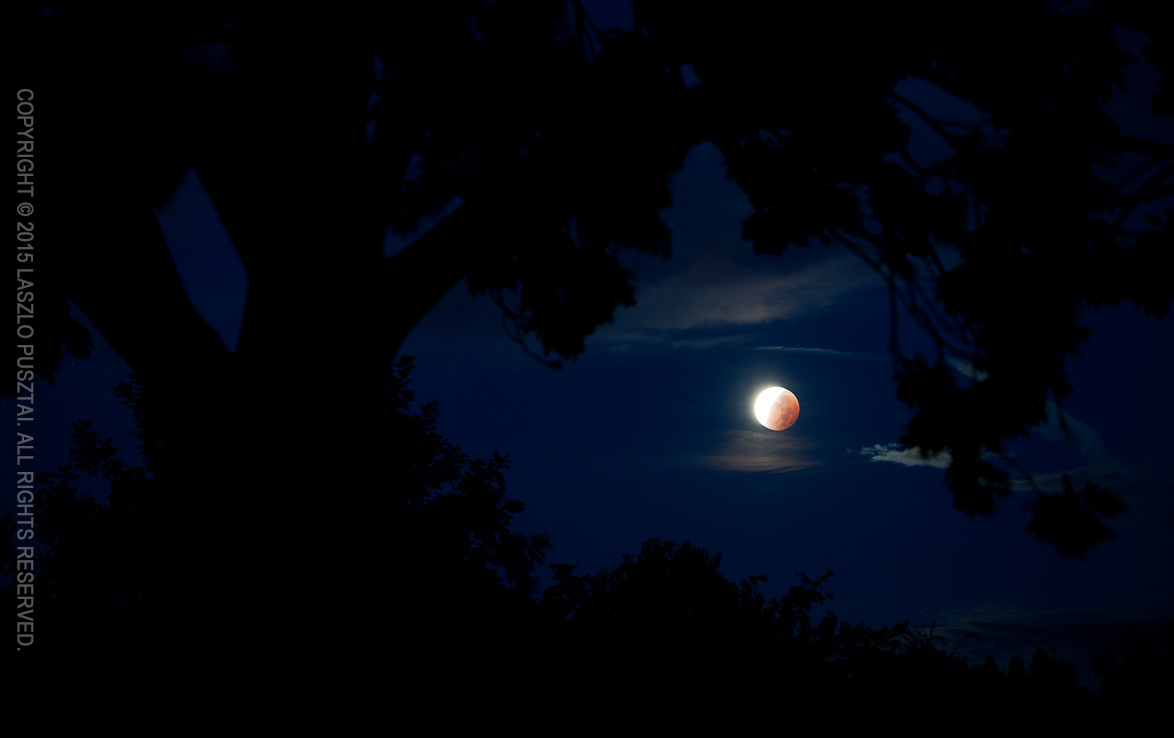
Eclipse Ends at Dawn
The next time a total lunar eclipse will coincide with a super moon will be in 2033, but don’t worry, there will be three total eclipses during 2018/2019.
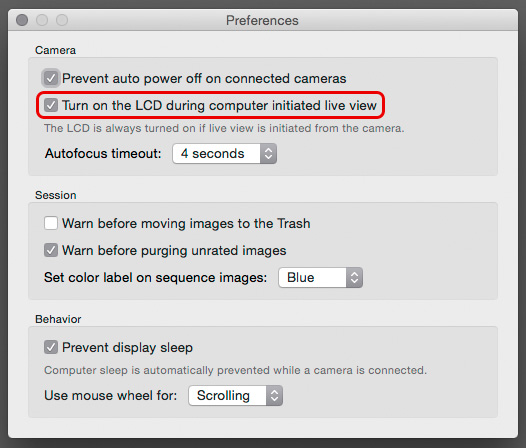 First, a new preference is added to control whether the camera’s LCD is turned on when you start live view from within Kuuvik Capture.
First, a new preference is added to control whether the camera’s LCD is turned on when you start live view from within Kuuvik Capture.

